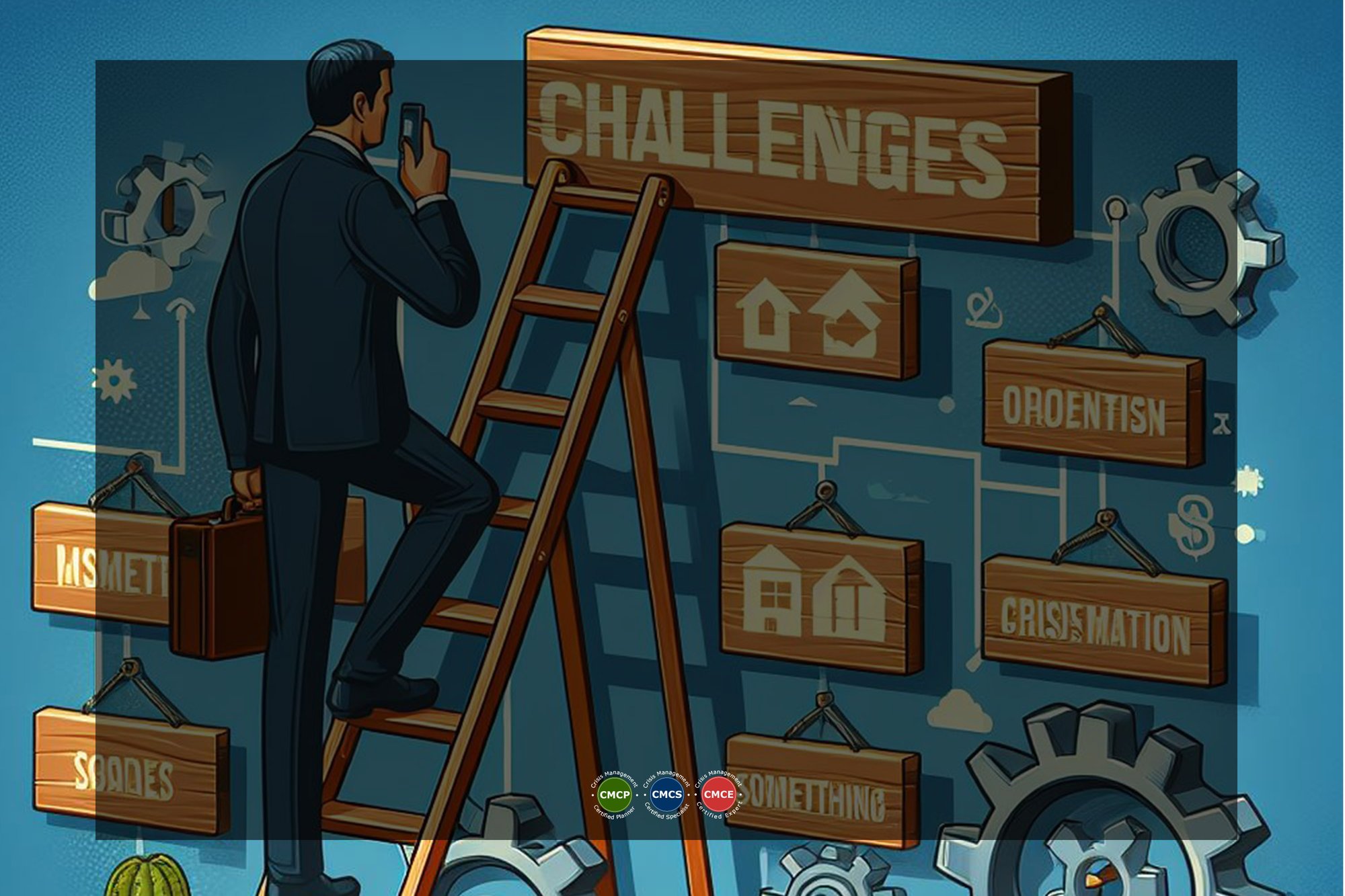 What are the limitations and assumptions when implementing a crisis management program?
What are the limitations and assumptions when implementing a crisis management program?
Here are some fundamental limitations and assumptions when implementing a crisis management program.
Limitations
Unpredictable Events
Crises can be inherently unpredictable. While you can plan for common scenarios, unforeseen events will always pose challenges.
Resource Constraints
Crisis management plans require resources, including personnel, training, and technology. Budgetary limitations may restrict the scope of your plan.
Human Factors
Even the best plans can be impacted by human error, emotional responses, or communication breakdowns during a crisis.
Rapidly Evolving Situations
Crises can unfold quickly, requiring real-time adjustments and adaptations to the plan.
Assumptions
Availability of Key Personnel
The plan relies on key personnel being available and functioning effectively during a crisis. Injury, illness, or psychological stress can impact this.
Functionality of Infrastructure
The plan assumes the functionality of critical infrastructure like communication systems and utilities during a crisis.
Public Cooperation
The plan may depend on some level of cooperation from the public following instructions and guidelines during a crisis.
Effectiveness of Training
The plan assumes that training for crisis scenarios has been practical and employees will remember and follow procedures.
Acknowledging Limitations and Assumptions
You can develop a more realistic and adaptable crisis management plan by acknowledging these limitations and assumptions.
Here are some ways to mitigate these limitations:
Scenario Planning
While you cannot predict everything, consider many potential crisis scenarios to address vulnerabilities.
Resource Optimisation
Prioritise resources for critical areas of the plan and explore cost-effective solutions.
Stress Management Training
Train your team on stress management techniques to improve decision-making during a crisis.
Communication Redundancy
Build redundancy in your communication plans to ensure that information flow continues even if some systems are disrupted.
Regular Testing and Updates
Regularly test and update your plan based on lessons learned from exercises and real-world events.
Summing Up ...
By taking these steps, you can create a crisis management program that effectively addresses limitations and assumptions, ultimately making your organization more prepared to navigate any challenge.
![Why Read This Book [BCM] : A Manager's Guide to ISO 22301 Standard for BCM System](https://no-cache.hubspot.com/cta/default/3893111/0076e599-2a71-42d5-a3cd-679ea9c03319.png) Goh, M. H. (2016). A Manager’s Guide to Implement Your Crisis Management Plan. Business Continuity Management Specialist Series (1st ed., p. 192). Singapore: GMH Pte Ltd
Goh, M. H. (2016). A Manager’s Guide to Implement Your Crisis Management Plan. Business Continuity Management Specialist Series (1st ed., p. 192). Singapore: GMH Pte Ltd
Find out more about Blended Learning CM-300 [CM-3] & CM-5000 [CM-5]
To learn more about the course and schedule, click the buttons below for the CM-3 Blended Learning or CM-300 Crisis Management Implementer course and the CM-5 Blended Learning or CM-5000 Crisis Management Expert Implementer course.








![[BL-CM] [5] Register](https://no-cache.hubspot.com/cta/default/3893111/82024308-16f4-4491-98be-818a882c6286.png)

![Email to Sales Team [BCM Institute]](https://no-cache.hubspot.com/cta/default/3893111/3c53daeb-2836-4843-b0e0-645baee2ab9e.png)


